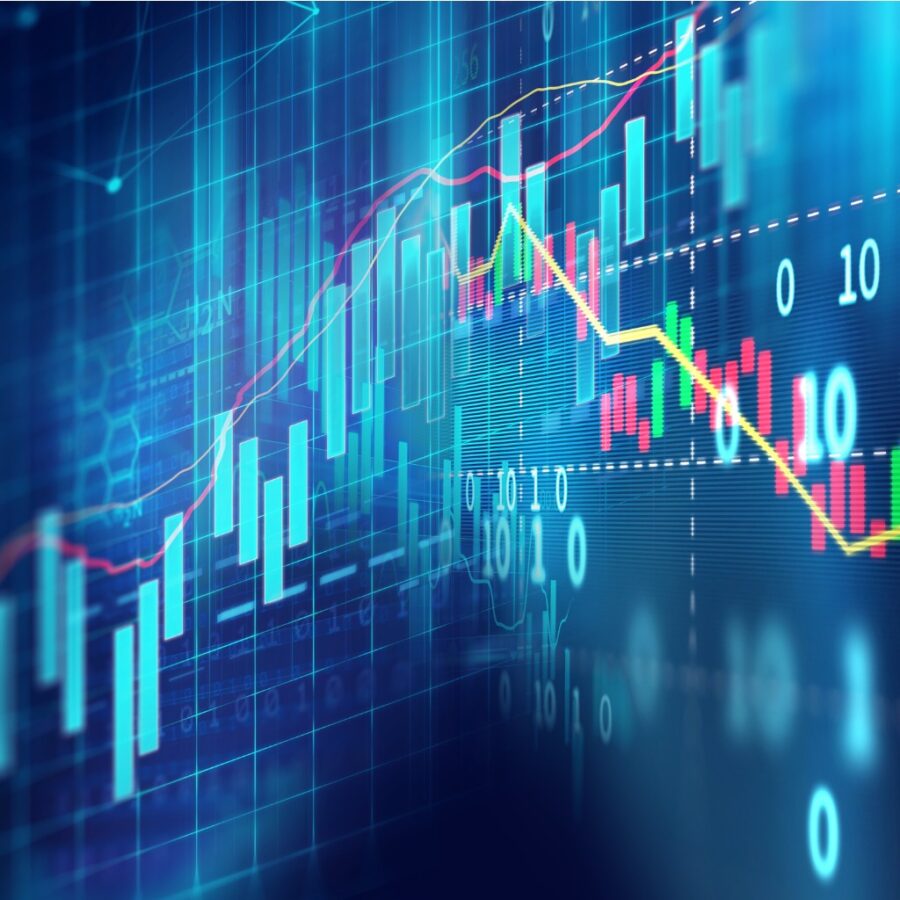Endogenous Defaults, Value-at-Risk and the Business Cycle
This paper shows through a simple macroeconomic model that productivity shocks affecting the real economy can generate fluctuations in corporate default rates that are in line with empirical evidence. While the generated default rates are not enough to produce the observed fluctuations of borrowing costs and credit provision, their interaction with risk management rules in the banking sector (Value-at-Risk rule) leads to quantitatively realistic behaviour of bank lending and lending costs.
 Pub. Date
Pub. Date
 Pub. Type
Pub. Type

Main points
- Unexpected shocks affecting the real economy propagate to the financial sector by causing changes in firms' default rates.
- Unexpected increases in default rates affect the balance sheet of the banking sector, reducing its ability to lend.
- The effects on banks' balance sheets can be compounded by a Value-at-Risk rule that reduces the bank's ability to use its equity to finance the economy during a downturn.
- This mechanism loops back to the real economy as reduced credit supply lower business investment during downturns.
- Under certain circumstances, the Value-at-Risk mechanism may play the reverse role by attenuating the effects of default rates fluctuations on banks' balance sheets.
I propose a general equilibrium model with endogenous defaults and a banking sector operating under a Value-at-Risk constraint. Analytical examination reveals that (a) the Value-at-Risk rule introduces a risk premium on bank lending, (b) this risk premium fluctuates with the business cycle, amplifying the impact of real shocks, and (c) bank leverage also fluctuates with real shocks, but its cyclical behaviour depends on the shocks' effects on default expectations, credit demand, and the bank's balance sheet.
The model brings two important innovations. First, the model quantitatively replicates realistic fluctuations in banks' leverage, equity, lending, and credit spreads assuming real shocks alone with no additional shocks emanating from the financial sector. Second, the model characterizes conditions under which the Value-at-Risk rule causes countercyclical leverage fluctuations, thus attenuating the effects of real shocks on the provision of credit and by extension attenuating the effects on aggregate investment.





















